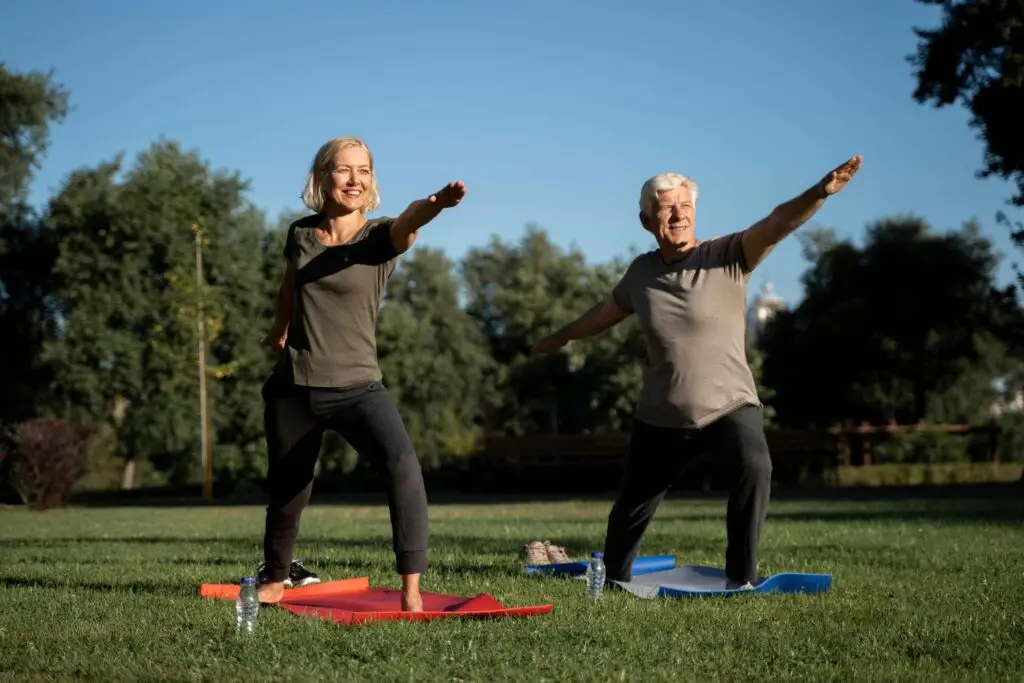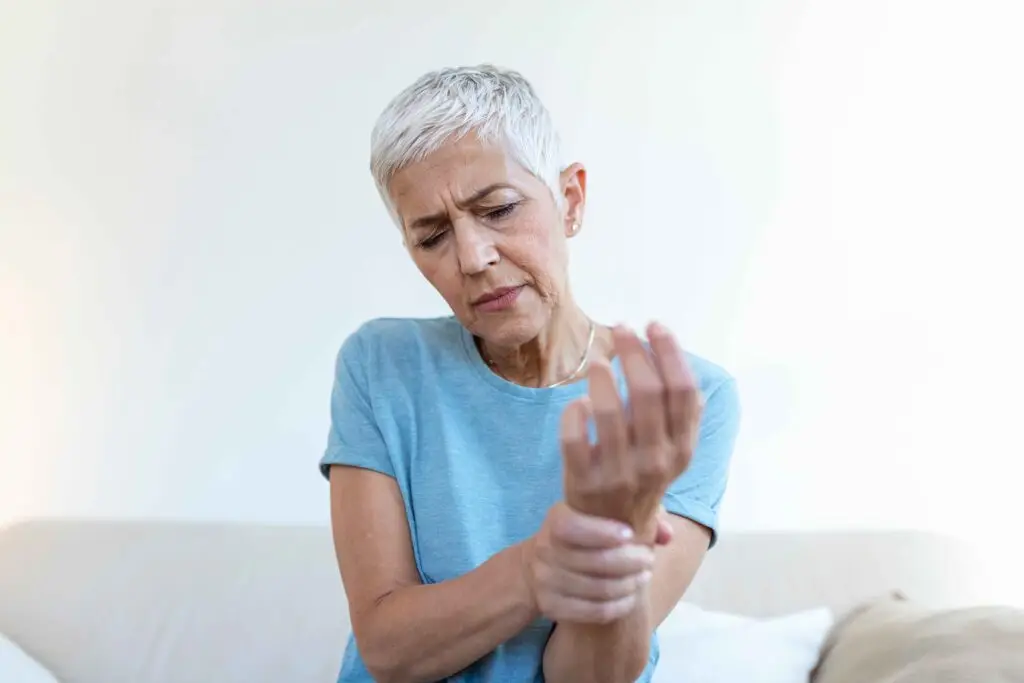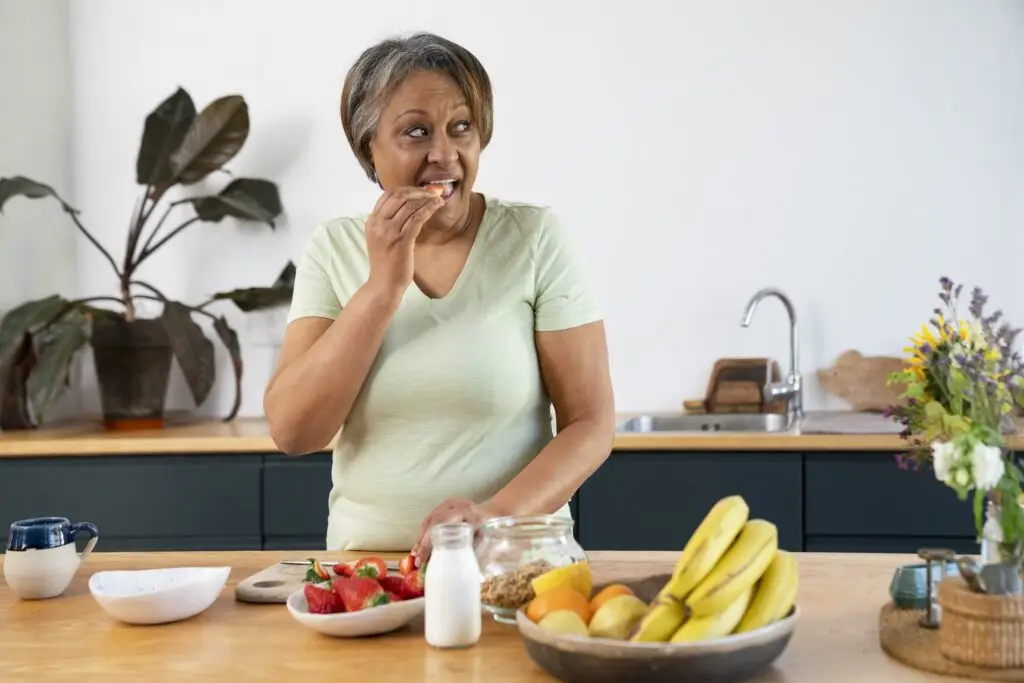Best Breathing Exercises for Seniors
Anxiety in seniors is often overlooked, yet it affects millions worldwide. It shows up in different ways—constant worrying, restless sleep, or the unsettling feeling of being unable to take a deep breath. Some older adults describe it as feeling “always nervous” or “always on edge,” and these sensations can quickly fuel more anxiety.
This is where breathing practices for seniors with anxiety make a difference. Unlike medication, which may cause side effects, or therapy, which takes time, breathwork is natural, safe, and provides immediate calm when practiced correctly.
Research shows that slow, steady breathing lowers stress hormones, improves oxygen flow, and soothes the nervous system. These methods are highly adaptable, making them suitable even for older adults with health concerns or limited mobility.
For seniors searching for accessible tools, learning simple anxiety relief breathing exercises can become a life-changing habit.
Why Breathing Matters in Anxiety Relief?
When anxiety rises, breathing patterns shift. Instead of steady inhales and exhales, many people experience shallow, rapid breathing from the chest. This type of breathing, also called hyperventilation, decreases carbon dioxide levels and creates physical symptoms like dizziness, tingling, and chest tightness.
For a senior already coping with age-related changes, these sensations can mimic health problems and lead to panic.
The good news is that breath can be retrained. Calming breathing exercises for the elderly slow down the respiratory rate, restore oxygen balance, and activate the parasympathetic nervous system—the body’s built-in relaxation system.

When this system is activated, blood pressure drops, heart rate steadies, and the mind relaxes. This is why many therapists recommend breathing therapy for anxiety in seniors as a first-line strategy.
Breathwork also helps in other areas. Regular practice can support better sleep, aid digestion, and even lower inflammation. In other words, anxiety relief breathing exercises not only ease the mind but also improve overall physical health.
Exercises for Seniors with Anxiety
Diaphragmatic Breathing: The Core Technique
Diaphragmatic breathing for seniors is the foundation of almost every other breathing exercise. It teaches the body to use the diaphragm, the dome-shaped muscle beneath the lungs, rather than relying on shallow chest breathing.
As people age, the diaphragm can weaken, which leads to shorter breaths and a greater reliance on upper chest muscles. This shallow breathing pattern not only limits oxygen intake but also increases tension and feeds feelings of anxiety.
By learning to breathe from the diaphragm, seniors improve oxygen exchange and reduce unnecessary effort in the chest and shoulders. Studies have shown that deep breathing techniques for older adults help lower blood pressure, regulate heart rate, and reduce cortisol, the stress hormone. It is also one of the safest anxiety relief breathing exercises because it can be done seated, lying down, or even in bed.
How to Practice Step by Step
To begin, sit upright in a comfortable chair with back support, or lie flat on the bed with a pillow under your knees. Place one hand on the chest and the other on the stomach. Inhale gently through the nose, focusing on filling the belly with air so that the stomach rises under your hand.
Try to keep the chest hand as still as possible, which ensures the diaphragm is doing the work. Exhale slowly through pursed lips, as though blowing through a straw, and feel the belly fall.
Start with three to five minutes, twice a day. Over time, this can be extended to ten minutes. Practicing at the same time daily, such as in the morning and before bed, helps create a consistent breathing routine for anxiety at home.
Adding Pursed-Lip Breathing
For seniors with lung problems such as COPD or asthma, combining belly breathing with pursed-lip breathing makes the practice even more effective. This involves narrowing the lips on the exhale, which slows breathing and prevents air from getting trapped in the lungs. It reduces breathlessness, supports oxygen exchange, and gives a calming sense of control.
Why Does It Help Anxiety?
When anxiety creates anxiety and shortness of breath, the body often slips into fast, shallow chest breathing. This fuels feelings of panic. Diaphragmatic breathing reverses this by engaging the parasympathetic nervous system—the part responsible for rest. Within just a few minutes, the heart rate slows, muscles loosen, and the mind feels steadier.
For this reason, it is often described as one of the best breathing exercises for relaxation. Seniors who struggle with feelings of being “always on edge” or who experience breathlessness linked to panic attacks find that this simple practice offers quick and reliable relief.
With regular use, diaphragmatic breathing builds resilience, making it easier to manage stressful moments and enjoy daily life with more calm.
Box Breathing and the 5-5-5 Breathing Method
When anxiety feels overwhelming, structure can be the anchor that brings calm. Box breathing for anxiety provides that structure. The method is simple: inhale for four counts, hold for four, exhale for four, and pause for four before repeating.
This creates a steady rhythm that balances the nervous system and eases racing thoughts. The pattern is predictable, which makes it reassuring for seniors who may feel unsettled by sudden episodes of worry.
Box breathing is often used by athletes, military personnel, and therapists because it lowers heart rate, steadies the breath, and reduces cortisol levels. For seniors, the benefit is twofold—it not only calms the mind but also strengthens lung control, which can weaken with age.

Practicing for just a few minutes each day turns it into one of the best breathing methods for relaxation in seniors.
Some older adults prefer the 5-5-5 breathing method, which is a gentler variation. Inhale for five seconds, exhale, and then pause naturally for five. Without the long breath-hold, this version is easier for those with reduced lung capacity or conditions like COPD.
Both techniques are excellent anxiety relief breathing exercises because they reduce the feeling of being trapped in a cycle of fear.
These methods are especially valuable during anxiety attack breathing episodes, when someone feels they “can’t breathe.” Instead of fighting against the panic, structured breathing provides focus and control.
Even a one-minute breathing exercise using box or 5-5-5 breathing can interrupt the anxiety loop before it escalates. Seniors can use these methods at home, during medical visits, or before stressful events to maintain composure.
The 4-7-8 Breathing Technique for Relaxation
People often ask, Is 4-7-8 breathing good for anxiety? Yes. The 4-7-8 breathing technique is sometimes called a “natural tranquilizer” because of its ability to calm the mind and body quickly.
The structure is simple: inhale quietly through the nose for four seconds, hold the breath for seven, and exhale through the mouth for eight with a gentle “whoosh” sound. Repeating this cycle four times is enough to shift the body out of stress mode.
The strength of this method lies in the extended exhale. Longer exhalations activate the parasympathetic nervous system, which lowers heart rate, eases muscle tension, and reduces stress hormones.
Seniors who feel anxiety at home, particularly at night, often find this technique helpful for calming racing thoughts before bed. It has also been shown to improve sleep quality, making it one of the best breathing exercises for relaxation.
Some seniors may struggle with the seven-second hold, especially if they have lung conditions. In that case, modifications like 6-7-8 breathing or reducing the hold time still provide the same benefits. The golden rule is that the exhale should always be longer than the inhale, as this is what signals the body to release tension.
Mindfulness and Guided Breathing
For many seniors, the hardest part of anxiety is not the breathing itself but the constant thoughts that come with it. Questions like, Am I having anxiety? Or what if something is wrong? It can make symptoms worse. In these cases, mindfulness breathing for anxiety becomes especially valuable.
Instead of trying to control the breath, mindfulness teaches observation. Seniors simply notice the inhale and exhale without judgment, allowing the body to settle naturally. This approach turns breathing into a form of meditation, helping reduce the grip of worry.
Over time, mindfulness practice has been shown to lower anxiety levels, improve memory, and increase emotional stability—benefits that are especially meaningful for older adults.
- For those who prefer support, there are countless guided breathing exercises for seniors available through audio tracks, mobile apps, and community classes. These guided sessions often combine meditation and breathing exercises for older adults, making them easier to follow. A calm voice provides instructions, which helps seniors stay focused and reduces the chances of drifting back into anxious thoughts.
Mindfulness-based breathing is more than a relaxation technique—it is a form of mental training. Seniors who practice regularly often report not only less anxiety but also better concentration and improved mood. For individuals who feel “always anxious” or “always nervous,” this gentle practice offers a safe and accessible path to greater calm and clarity.
Quick Breathing Exercises for Immediate Calm
Not every anxious moment allows for a long session. In those cases, short breathing exercises for quick calm are essential. A 30-second breathing exercise—inhaling for four, exhaling for six, repeated three times—provides a rapid reset. Even faster methods, like 5-5-5 breathing techniques or five-minute box breathing, work as a quick relief.
These techniques are natural ways to reduce anxiety with breathing, and they can be practiced almost anywhere: in waiting rooms, before social events, or during stressful phone calls. By making them part of daily life, seniors gain a reliable tool to manage anxiety whenever it arises.
Breathing Routines for Daily Life
Consistency transforms breathing into more than a coping skill—it becomes a lifestyle. Many experts recommend building breathing routines for anxiety at home.
For example: begin the morning with diaphragmatic breathing, use coherent breathing at midday to regulate heart rate, practice box breathing in the afternoon, and finish the evening with the 4-7-8 technique before sleep.

Even those with health challenges can benefit. Breathing exercises for seniors with limited mobility are just as effective when done seated with back support.
These routines are safe, adaptable, and powerful tools against stress. Over time, they can help seniors feel more in control of both their body and mind.
How to Calm Anxiety With Breathing During Activity
Breathing exercises for seniors with anxiety are often taught in calm, quiet spaces. But life doesn’t always allow for that. Stress can rise while walking through a crowded store, climbing stairs, or even during light chores at home.
The good news is that breathwork doesn’t need to stop when you start moving. In fact, combining breathing with activity often makes the exercises even more powerful because it trains the body to stay calm in real-world situations.
Paced Breathing While Walking
One of the simplest techniques is paced breathing while walking. Take a steady breath in over two steps, then breathe out over three or four steps.
This approach not only reduces tension but also keeps the pace manageable, which is especially helpful for seniors who feel anxiety and shortness of breath during mild activity. Over time, this pattern improves endurance and makes walking less tiring.
For beginners, this is one of the best breathing exercises because it creates a rhythm that is easy to follow. Seniors who feel “always on edge” may notice their mind calming as they sync breathing with footsteps. Even a short walk around the house or garden can serve as practice.
Pursed-Lip Breathing for Respiratory Conditions
Those with COPD, asthma, or other breathing challenges may benefit from pursed-lip breathing. Professionals often recommend combining this with walking.
- Inhale gently through the nose.
- Exhale slowly through pursed lips, as if blowing through a straw.
This technique slows the exhale, eases breathlessness, and prevents panic. It is considered one of the safest options for seniors with limited mobility because it requires no equipment and no complicated positions.
Controlled Breathing for Panic Attacks
Another useful strategy is controlled breathing when panic rises during mild activity. If breathing feels heavy, pause for a moment, focus on the exhale, and deliberately slow it down.
Even a few rounds of belly-based breathing while standing or leaning against a wall can stop symptoms from escalating. For seniors, this simple tool restores a sense of control when anxiety might otherwise take over.
Mindful Breathing With Awareness
Adding mindfulness can enhance every exercise. Paying attention to the environment while breathing steadily — noticing trees, listening to birds, or observing the surroundings — turns a walk into a moving meditation.
This blend of gentle activity and calm focus has been shown to reduce anxiety and improve mood in older adults.
In Short
Breathwork is not only for still moments. It can become part of daily routines like walking, gardening, or climbing stairs. With practice, these breathing techniques help seniors remain calm and steady, even when life feels busy or overwhelming.
Frequently Asked Questions (FAQs)
Which breathing technique is best for anxiety?
The most effective for seniors is diaphragmatic (belly) breathing. It activates the diaphragm, slows the heart rate, and reduces stress signals. Many therapists also recommend 4-7-8 breathing and box breathing. The key is to choose a method that feels comfortable and sustainable.
How many times a day should you do breathing exercises for anxiety?
Most experts suggest two to three times daily. Short sessions of 5–10 minutes in the morning and evening help train the body to stay relaxed. Seniors can also use brief breathing practices whenever anxiety rises, such as before sleep, during appointments, or in stressful moments.
How to stop heavy breathing anxiety?
Start by slowing the exhale. Pursed-lip breathing works well: inhale through the nose, exhale slowly through pursed lips. Another option is the 5-5-5 technique (inhale 5 seconds, exhale 5 seconds, pause 5 seconds). Both calm the body and restore control quickly.
How to tell if shortness of breath is from anxiety?
Anxiety-related breathlessness usually appears suddenly, often with racing thoughts, sweating, or a sense of panic. It tends to improve once you begin calming breath exercises. If breathlessness is frequent, severe, or accompanied by chest pain, seek medical advice to rule out other causes.
Conclusion
Anxiety in older adults is real, but it doesn’t have to control daily life. Relief isn’t only found in medication or therapy—simple, safe breathing techniques can offer quick calm and long-term resilience.
Methods like diaphragmatic breathing, box breathing, and the 4-7-8 pattern are adaptable to nearly any ability level. Mindfulness-based breathwork and guided sessions add another layer of support, easing both body and mind.
The real key is consistency. Just a few minutes of practice each day retrains the body to respond with calm instead of panic. Seniors who struggle with racing thoughts, shallow breathing, or the feeling of being “always anxious” often find these practices give them a sense of control and comfort.
Breathwork cannot erase life’s challenges, but it can strengthen the mind, steady the body, and bring a lasting sense of peace. For seniors, these breathing exercises for anxiety provide not just immediate relief but also the foundation for healthier, calmer living.





